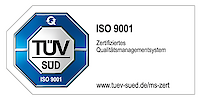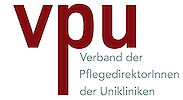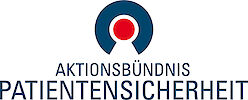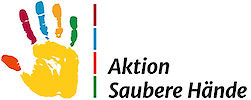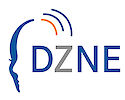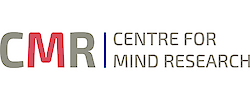Genet-GPD
Welcome to GENET, a novel international research collaboration for the standardized longitudinal collection and sharing of ECT treatment data and associated biosignals.
Even though eighty years of ECT related research have greatly advanced our understanding, research is often challenged by the clinical heterogeneity of different syndroms treated with ECT, small sample sizes, limited characterization of samples, missing follow-up measures and locally restricted differences in delivery practices. These factors are known to obstruct large-scale retro- and prospective investigations of the basic treatment variables caused by inefficient data collection procedures and the inability to export multi-dimensional longitudinal data structures including EEG, ECG, or EMG related biosignals into patient-level databases.
To address these issues, with GENET we focus on the standardized collection and collaborative analysis of longitudinal ECT treatment data. GENET uses GPD (Elektrika Inc®), a documentation tool further evolved from the Genie software. GPD allows to collect treatment and seizure parameters over the ECT course of each patient. GPD automatically integrates all output data from Thymatron IV plus additional clinical variables on a patient-based manner. GPD usage is free to everyone, but we would appreciate if you joined GENET and acknowledged it in your paper.
By joining GENET and sharing your ECT treatment parameters you get access to a huge and highly standardized data collection at a pseudonymized level. GENET is primarily built for Thymatron IV treatment data, but we are keen to find possibilities to integrate data from other ECT treatment devices.
We believe that the standardized collection and sharing of ECT treatment data and associated biosignals will increase the quality of the ECT documentation and will therefore contribute to the evidence based optimization of the ECT-treatment.
For those who need an acronym, "GENET" stands for "Global ECT-Network", but actually the name refers to the botanical term genet, which refers to an interconnected collective of identical plants, a "clonal colony".
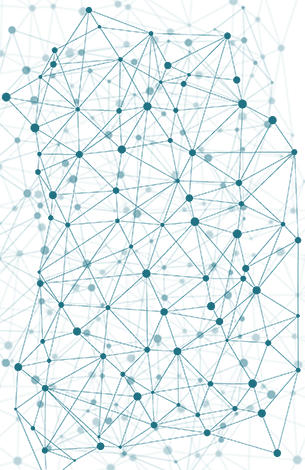
GENET GPD is built to collect all relevant data from Thymatron IV necessary for analyses of treatment and seizure parameters on a patient level. Automatic data collection allows quality control as well as local and multi-center studies. GPD-GENET considers the internationally recommended standards (e.g., the National network of Depression Centers (Zandi et al., 2022), and the Clinical Alliance and Research in Electroconvulsive therapy network (CARE; Martin et al., 2017)).
You can download it and find basic information about GPD (independent of the GENET project) on GITHUB.
Please do not hesitate to contact us for further questions.
In Genet, we synchronize all data collected with Genet-GPD, demographic data including medication, diagnosis, and pre-post data of clinical improvement. Moreover, we aim to collect several clinical and neurocognitive measures to better understand the role of treatment and seizure parameters on clinical outcome and cognition.
The assessed measures of Genet have been harmonized with other multi-center studies such as GEMRIC and NEKTOR.
All data are stored at the Study Center of the University Hospital Bonn (SZB) using RedCAP and in compliance with local and international data security and ethics regulations.
If you want to join and/or need further support for data collection and/or ethics approval, please do not hesitate to contact us.
Steering Committee
GIB Stiftung, Germany
Nils Freundlieb
University Hospital Bonn, Germany
Maximilian Kiebs
Alexandra Philipsen
UPK Basel, Switzerland
Else Schneider
Annette Brühl
Collaborators
MHH Hannover, Germany
Hannah Maier
University Medical Center Hamburg-Eppendorf, Germany
Niklas Schade
Nils Freundlieb
UPK Basel
Else Schneider, Effects of Coffeine Augmentation in ECT
UK Bonn
Maximilian Kiebs, Interrelations between trajectories of clinical impression, seizure quality, and stimulation dose across electroconvulsive therapy treatment
Aim and Hypothesis:
We aim to describe the course of an ECT treatment by analyzing between-person correlations of growth for seizure quality, clinical outcome, and treatment variables over the course of an index treatment of max. 12 ECT-sessions. The treatment variable charge applied (in mC), three quality parameters (EEG-Length, postictal suppression index [PSI], and maximum sustained coherence [MSC]) and Clinical Global Impression (CGI) measuring the treatment outcome were collected each session of the ind ex course. We focus on the linear changes over time, that is, the individually varying slopes of the aforementioned parameters and their slope and intercept correlations.
Study Information
GIB-Stiftung/UKE
Nils Freundlieb, Effects of ECT treatment parameters on autobiographic memory
GDP
GDP Videos
Instruction videos on installing Genet GPD, setting up Tymaron and collecting new treatments.
(You can play the videos directly on this website or download them as FullHD).
Downloads/Videos
Um externe Inhalte sehen zu können, ist Ihre Zustimmung erforderlich. Weitere Informationen finden Sie in unserer Datenschutzerklärung.
Um externe Inhalte sehen zu können, ist Ihre Zustimmung erforderlich. Weitere Informationen finden Sie in unserer Datenschutzerklärung.
Um externe Inhalte sehen zu können, ist Ihre Zustimmung erforderlich. Weitere Informationen finden Sie in unserer Datenschutzerklärung.
Um externe Inhalte sehen zu können, ist Ihre Zustimmung erforderlich. Weitere Informationen finden Sie in unserer Datenschutzerklärung.



